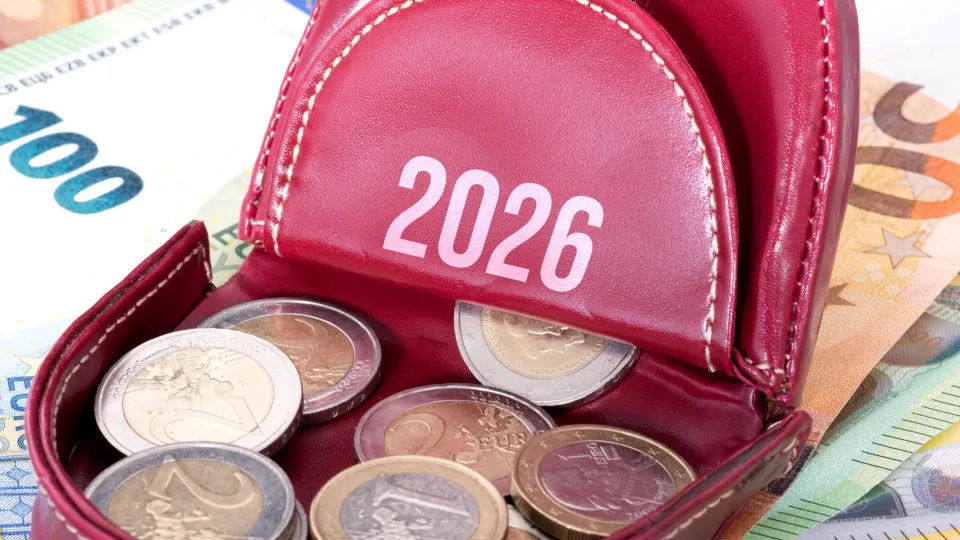
The decline in China’s consumer price index (CPI), a crucial inflation indicator released by the National Bureau of Statistics (NBS), was more pronounced than market expectations, with analysts predicting only a 0.1% decrease.
In six out of the nine months this year, China’s CPI has been negative, showing recovery only in January (up 0.5%) and June (up 0.1%). The steepest decline occurred in February (down 0.7%).
The world’s second-largest economy has been grappling with deflationary pressures for more than two years, as weak domestic demand and industrial overcapacity weigh on prices, while global trade uncertainties hinder product distribution by suppliers.
Deflation, characterized by a prolonged price decrease, contrasts with inflation, and it signals weakness in domestic consumption and investment. This phenomenon poses significant risks, as falling asset prices, often acquired through credit, create imbalances between loan values and bank guarantees.
Another consequence is the postponement of consumption and investment decisions, driven by expectations of lower future prices, potentially leading to a downward spiral of declining prices and demand that is challenging to reverse, impacting the entire economy.
The price decline began in 2022 with the depreciation of China’s most critical asset: residential real estate. The drop in property prices eroded household confidence, leading to a contraction in consumption. Combined with the country’s production overcapacity, this has sparked a price war between manufacturers and retailers, fueling a deflationary spiral.
Meanwhile, Beijing has implemented measures to end this price war. The Chinese Communist Party also pledged in July to combat “irrational competition” across various sectors.
Dong Lijuan, a statistician at NBS, highlighted that core inflation—which excludes food and energy prices due to their volatility—recorded a fifth consecutive month of increase in September, rising by 1% year-over-year, marking the first time in 19 months it reached this level.
The producer price index, which tracks factory gate prices, fell by 2.3% in August, marking the 36th consecutive month of contraction.
This figure aligned with analyst forecasts but indicated improvement from the 2.9% drop recorded in August.
According to Dong, the slowdown in the decline is attributed not only to a lower comparative base but also to the impact of macroeconomic policies promoted by Beijing, including creating a “unified national market” and initiatives aimed at “industrial restructuring and increasing consumption potential.”




